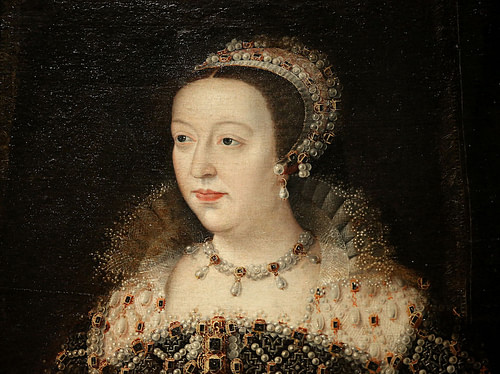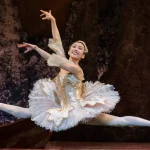The title of the “first ballet dancer in history” is often attributed to Catherine de’ Medici and the early developments of ballet during the Italian Renaissance, but it is complex to pinpoint a singular individual. Here’s a more detailed overview:
Catherine de’ Medici

- Background: Catherine de’ Medici (1519–1589) was an Italian noblewoman who became Queen of France through her marriage to King Henry II. She played a significant role in introducing Italian art and culture to France, including ballet.
- Contribution: During her reign, Catherine sponsored elaborate court ballets that were performed at royal weddings, ceremonies, and other significant events. These early ballets were often a blend of dance, music, and drama, served as a means of political and social expression.
- Significant Events: The “Ballet Comique de la Reine” in 1581 is often noted as one of the first formal ballets. Created for the wedding of Louise of Lorraine and Henry I, Duke of Guise, this performance combined poetry, music, and dance and is regarded as a landmark event in the history of ballet.
Early Dancers
While Catherine de’ Medici was instrumental in the evolution of ballet, the first recognized ballet dancers in the formal sense began to emerge in the 17th century:
- Ballet de cour: These were court ballets performed by aristocrats, where dance was part of a spectacle. Noble participants would perform alongside professional dancers, who began to be more formally trained.
-
Professional dancers: As ballet became more structured in the late 17th century, the first professional dancers emerged, many of whom were trained at the Académie Royale de Danse, established in France in 1661 by Louis XIV.
3. Some notable early dancers include:
- Mademoiselle de Lafontaine: Often referred to as the first prima ballerina, she was the first female dancer to perform professionally and gained great acclaim in the 17th century.
- Louis XIV: While not a female dancer, he was pivotal in the establishment of ballet as an art form. His performances brought significant attention to dance, and he founded the Paris Opera Ballet, which laid many foundations for ballet as we know it today.
While Catherine de’ Medici played a crucial role in the inception of ballet and the rise of professional dancers, the art form evolved over time with contributions from numerous performers and choreographers. Thus, rather than a single “first ballet dancer,” ballet’s history is a rich tapestry of cultural influences and evolving styles.

